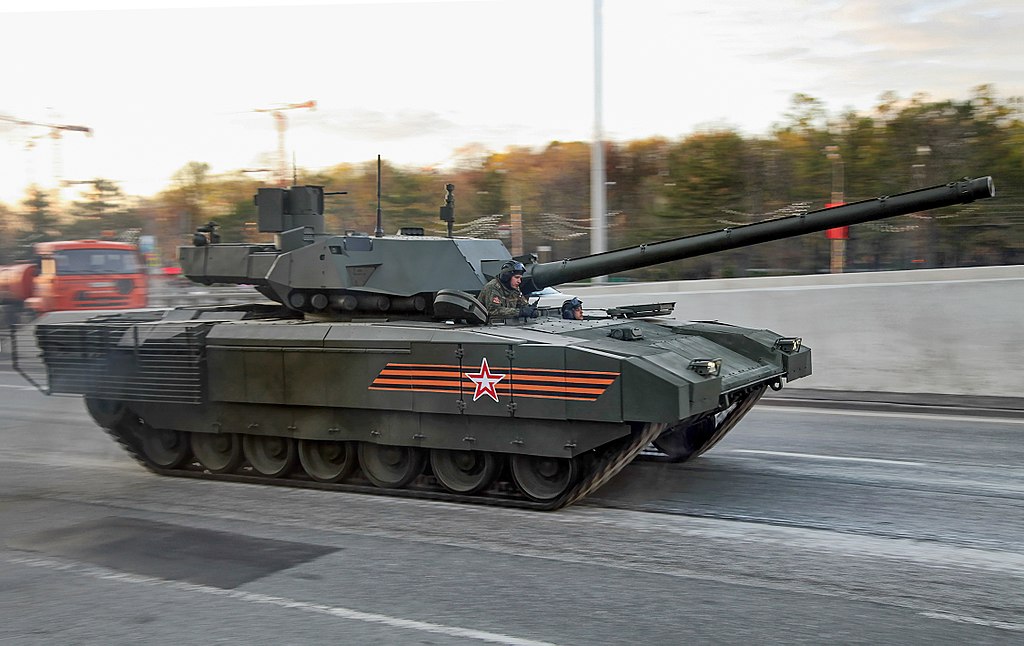Russian Armata Tank.jpg

Recently I wrote a couple of posts about esoteric tactical nuclear weapons programs in the U.K. and the old Soviet Union that were abandoned as impractical. However, some tactical nuclear weapons were built and deployed.
In the 1950s, the Soviet Union mounted two 230mm recoilless rifles on a BTR-60 tank chassis. This system was called a “Reseda” launcher. They were designed to fire 360mm tactical nuclear shells a distance of about three miles. But this was a rather primitive weapon and was soon abandoned.
In the 1960s, the Soviets decided that they needed something more sophisticated in tactical nuclear weapons, so they ordered the design of a new generation of tactical nuclear launchers. “Taran” was the name given to a planned nuclear tank unit.
During this time the Soviets developed what was called a “missile tank”. The IT-1 tank had an anti-tank guided missile launcher which served as its primary weapon instead of the usual main gun. This concept was incorporated into the Taran project to create a missile tank that was equipped to fire big tactical nukes. The Taran could also fire anti-tank guided missiles. It was mounted on the chassis of a T-64 tank. The turret was completely redesigned and contained a rocket-gun.
The tactical nuclear projectile had a caliber of 300mm and weighted three hundred and thirty pounds. The actual warhead itself weighted about a hundred and forty pounds. The yield of the warhead was three tenths of a kiloton. Each Taran carried three of these projectiles. The technical specification for the Taran said that it had a range of about four miles but could actual fire up to seven miles. When fired in direct mode by line of sight, the projectiles should have landed within a hundred yards of the target. When fired in the indirect mode which required the projectiles to be locked onto a target, the accuracy dropped to within two hundred and fifty yards.
By the 1970, the Soviets lost interest in the Taran. The idea that a nuclear confrontation could be restricted to the actual battlefield was replaced by the fear that any use of tactical nukes could easily escalate to all out global nuclear war. It was determined that the accuracy of the Taran was not good enough considering the small yield of the actual warhead. It would have only worked if the enemy forces were concentrated in a small area.
The Soviet 195 tank prototype had the ability to fire 152mm artillery shells from its main gun. This means that the Object 195 should have been able to fire the 3BV3 tactical nuclear shell from its main gun. The yield of the 3BV3 is one kiloton.
One of the current main Russian tanks, called the Armata, was probably developed partly from the Object 195 tank prototype. It has the ability to be retrofitted with a 152mm gun in the future. Although some in the Russian military question the usefulness of a nuclear tank, someday the Russian army may have their own nuclear version of the Armata.